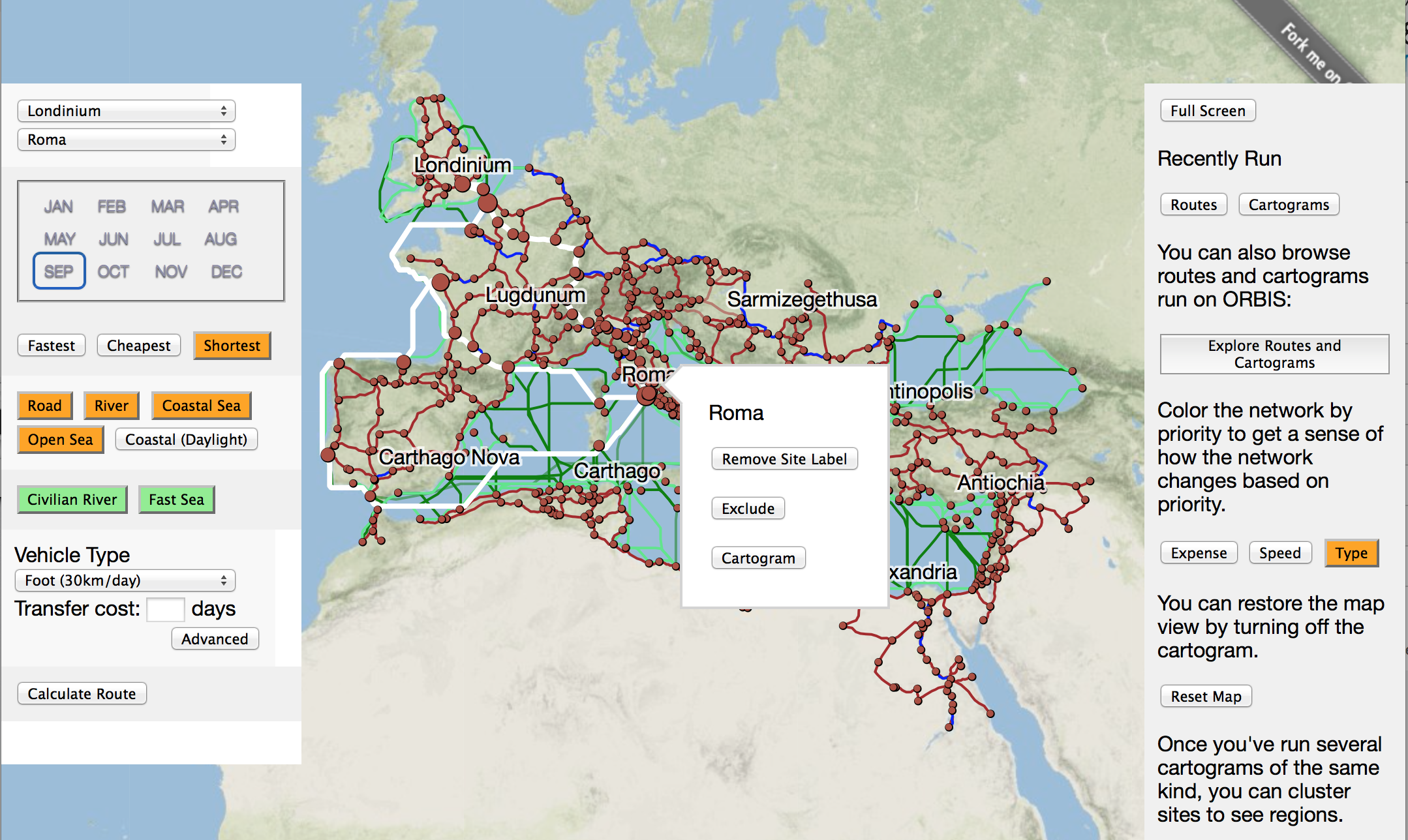There’s a lot of digital humanities left to be done. There are books that haven’t been digitized that need to be mined to find trends to put on maps using algorithms that haven’t even been designed yet. So, when you consider that the significant effort necessary to put a new finish on a project like ORBIS, you might think it’s a waste of time. I know I get a bit uncomfortable about it when I consider the other projects that were proposed and which lost out on achieving some measure of implementation because of the support for a version 2 of ORBIS. It’s not a zero sum game that we have going in this field, but it does suffer from entrenchment and there are natural inducements to supporting existing, successful work that can foster a rich-get-richer climate.
Read More»
Menu
From the Blog
Policies
Hestia Project
Hestia is an innovative public engagement project based on the spatial reading and visualising of texts. Find out more about the project under the About page.
Using Hestia
All data, text and content of the Hestia website are licensed under a Creative Commons Attribution 2.0 UK: England & Wales License.


Hestia: Home for geospatial analysis of Herodotus's Histories






